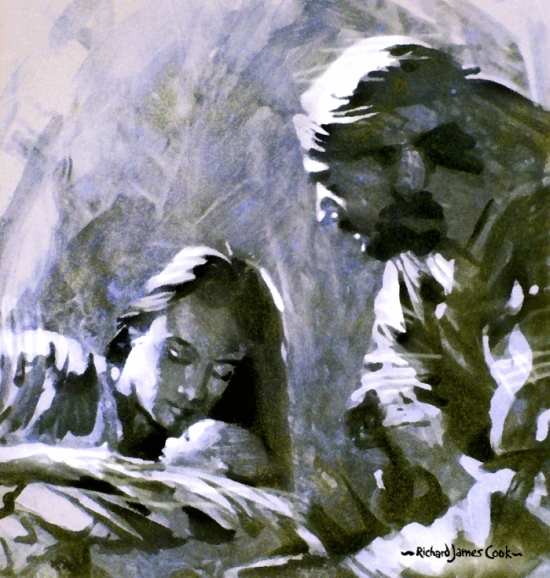89. 3. In the process of taking on a human manifestation, God followed his own divine design. In the section on divine omnipotence and omniscience we showed that in the act of creating, God introduced his design into the universe as a whole and into each and every thing in it. Therefore in the universe and in all its parts God's omnipotence follows and works according to the laws of his own design. The treatment of those laws runs from 49 to 74.
Now, because God came down, and because he is the design (as was also shown in that section), there was no other way for him to become an actual human being than to be conceived, to be carried in the womb, to be born, to be brought up, and to acquire more and more knowledge so as to become intelligent and wise. Therefore in his human manifestation he was an infant like any infant, a child like any child, and so on with just one difference: he completed the process more quickly, more fully, and more perfectly than the rest of us do.
This statement in Luke shows that he followed the divine design in his progress: "The child Jesus grew and became strong in spirit, and he advanced in wisdom, age, and grace with God and with humankind" (Luke 2:40, 52). Other statements about the Lord in the same Gospel make it clear that he grew up more quickly, more fully, and more perfectly than the rest of us; for example, when "he was a child of twelve, he sat and taught in the Temple in the midst of the scholars, and all who heard him were astounded at his insightful answers" (Luke 2:46-47). Likewise later on; see Luke 4:16-22, 32.
The Lord's life followed this path because the divine design is for people to prepare themselves to accept God; and as they prepare themselves, God enters them as if he were coming into his own dwelling and his own home. The preparation entails developing a concept of God and of the spiritual things related to the church - that is, developing intelligence and wisdom.
It is a law of the divine design that the closer and closer we come to God, which is something we have to do as if we were completely on our own, the closer and closer God comes to us. When we meet, God forms a partnership with us. The Lord followed this design even to the point of union with his Father, as we will show later on [97-99, 105-106].








